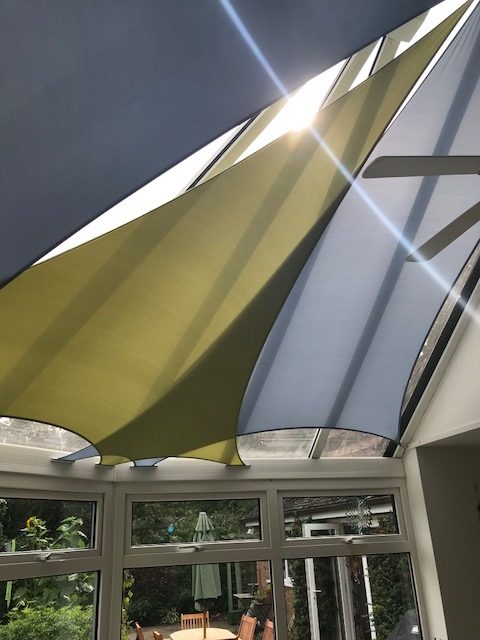Touring Gisborne’s historic homes
ARCHITECTURAL features will combine with stories about past lives and ways of life as Gisborne architect James Blackburne guides a Historic Places Tairawhiti bus tour of city houses on Sunday.
The heritage tour includes some of the many humble and grand houses in Gisborne, dating back over a century, and includes lunch at Mr Blackburne’s own historic property on the banks of the Waimata River.
Designed by Burr and Mirfield, whose public buildings included the Kaiti Freezing Works and Masonic Hotel, the Harris Street house was built in 1925 for early Waimata Valley settler Howard Kenway, who chaired Cook County Council and Cook Hospital Board.
Burr and Mirfield’s architectural practice helped shape the character of Gisborne in the second, third and fourth decades of the 20th century.
The architects were responsible for many large residences, including Kerridge House on the Esplanade. This outstanding example of Art Deco architecture was built in 1935 for Robert (later Sir) Kerridge.
“We will view properties from the street only. We have no plans to go inside any houses,” said Mr Blackburne, who is also Historic Places Tairawhiti chairman.
Included in the tour is the large two-storeyed Carpenter Gothic house known as Te Rau Kahikatea, built in 1876 by Archdeacon Leonard Williams, son of prominent missionary William Williams. This house became the nucleus of the Te Rau Theological College. Maori candidates studying for holy orders lived there in the winter months.
Two houses at the top end of Russell Street, one of them dating back to 1891, are associated with the Bull and Burnard families, which had a long association with the legal profession in Gisborne.
At the town end of Russell Street, a two-storeyed home was built around 1917-18 for Mr Tunnicliffe, part-owner of Pettie’s Drapery Store, one of the earlier shops in Gisborne.
Mr Tunnicliffe did not live long to enjoy his new home. In 1919 Richard Barker bought the house and christened it Drishane. He had returned with his wife and family from Great Britain, where he had been in the
army.
By 1961, the house was known as Pine View and sold to the Salvation Army, which renamed it Te Waiteata Maori Boys Home. It was used initially to accommodate about 30 Maori youth apprentices from the Coast
source:-gisborneherald..

